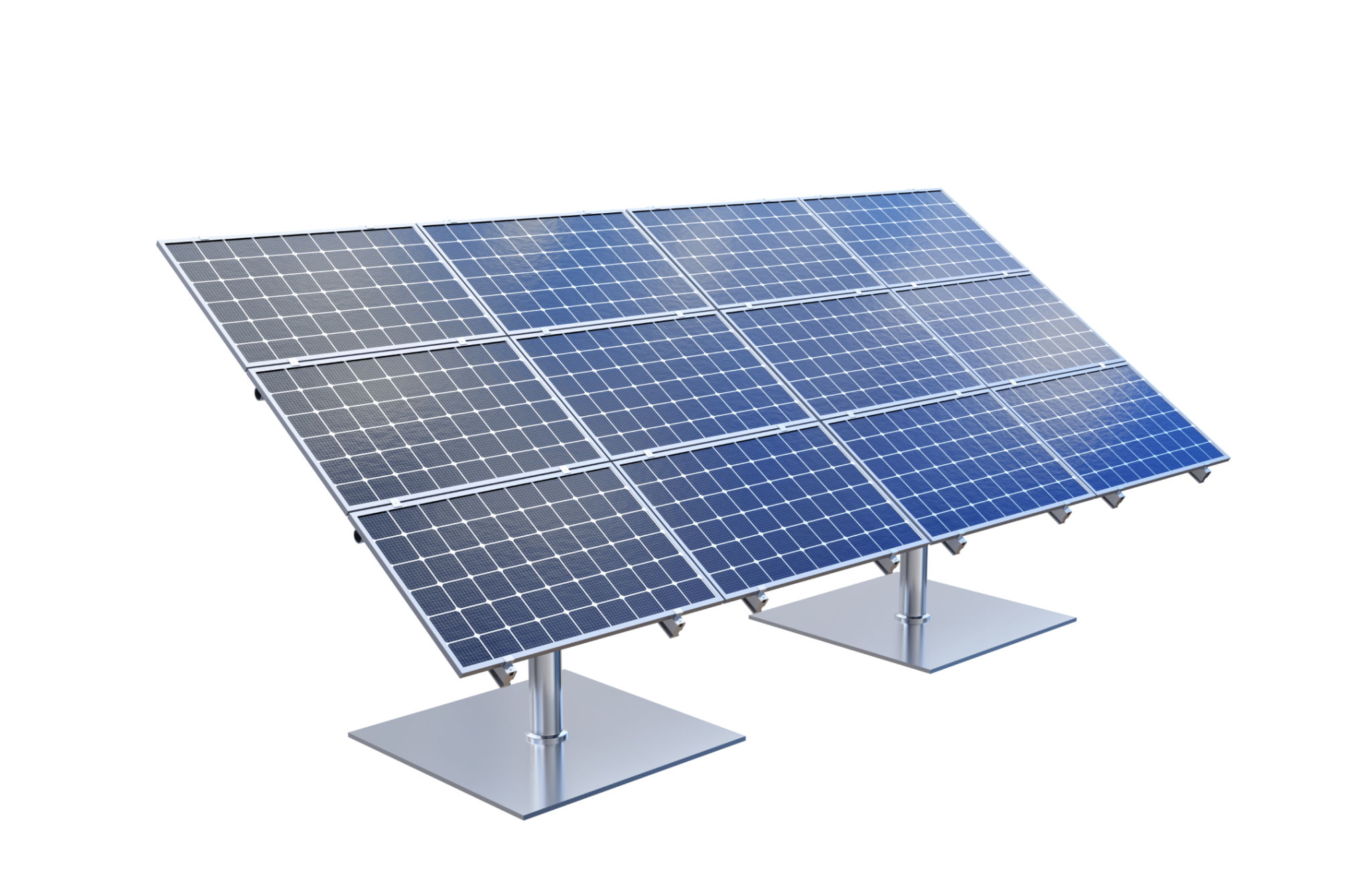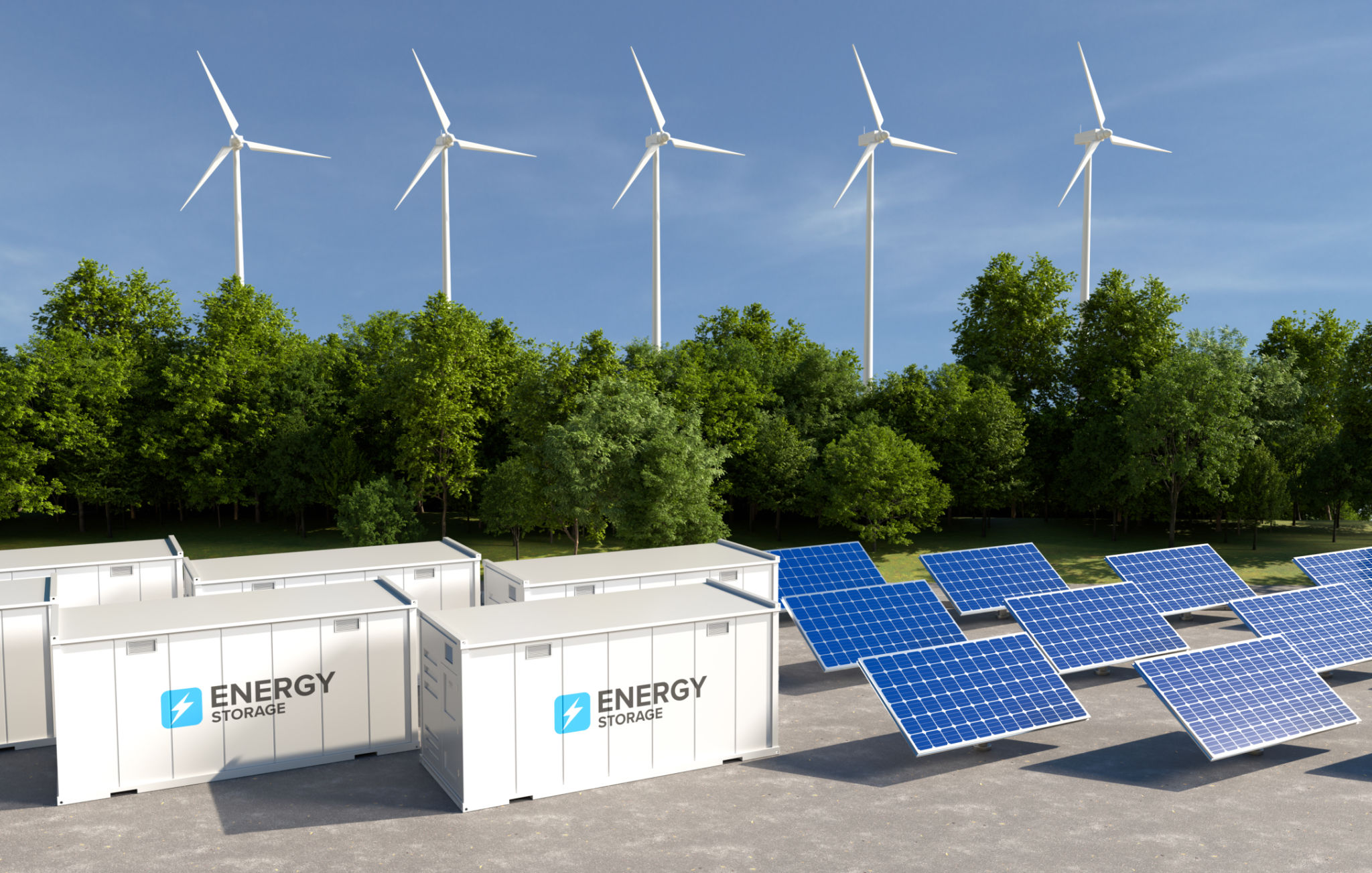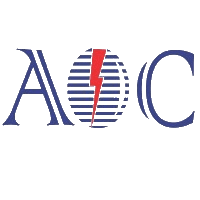Comprehensive Guide to Renewable Energy Integration with Existing Power Systems
Introduction to Renewable Energy and Existing Power Systems
Integrating renewable energy sources into existing power systems is a crucial step towards a sustainable future. As the world shifts away from fossil fuels, understanding how to seamlessly incorporate these clean energy sources is essential for energy providers and consumers alike. This comprehensive guide explores the key aspects and challenges of renewable energy integration.

Understanding the Basics of Renewable Energy
Renewable energy comes from natural sources that are constantly replenished. These include solar, wind, hydroelectric, geothermal, and biomass energy. Each source has its unique characteristics and advantages. For instance, solar energy harnesses the power of the sun, while wind energy uses air flow to generate electricity. Understanding these basics is the first step in effective integration.
Benefits of Renewable Energy
The benefits of renewable energy are numerous. They include reducing greenhouse gas emissions, decreasing reliance on fossil fuels, and promoting energy security. Moreover, renewable energy projects often create jobs and stimulate economic growth. These advantages highlight the importance of integrating renewable sources into existing power systems.
Challenges in Integrating Renewable Energy
Despite its benefits, integrating renewable energy into existing power systems presents several challenges. One key issue is the intermittency of sources like solar and wind, which can lead to instability in power supply. Additionally, existing infrastructure may require significant upgrades to accommodate new technology.

Grid Integration and Management
Effective grid integration is crucial for managing the variable nature of renewable energy. Advanced technologies such as smart grids and energy storage systems play a vital role in balancing supply and demand. Smart grids allow for real-time monitoring and control, enhancing the reliability of power systems.
Technological Innovations Supporting Integration
Technological advancements are pivotal in overcoming integration challenges. Innovations in battery storage, for example, enable the storage of excess energy for use during periods of low production. Additionally, advancements in forecasting technology improve the predictability of renewable energy generation.

Policy and Regulatory Frameworks
Government policies and regulatory frameworks are essential in facilitating renewable energy integration. Incentives such as tax credits, subsidies, and feed-in tariffs encourage investment in renewable infrastructure. Furthermore, clear regulatory guidelines ensure that integration efforts align with national energy goals.
The Future of Renewable Energy Integration
The future of renewable energy integration looks promising as technology continues to evolve and awareness of environmental issues grows. Collaborative efforts between governments, businesses, and communities are essential to accelerate this transition. By working together, we can create a resilient and sustainable energy future.
In conclusion, while challenges remain, the integration of renewable energy into existing power systems is not only feasible but necessary for a sustainable future. Through technological innovation, supportive policies, and collaborative efforts, we can harness the full potential of renewable energy.
